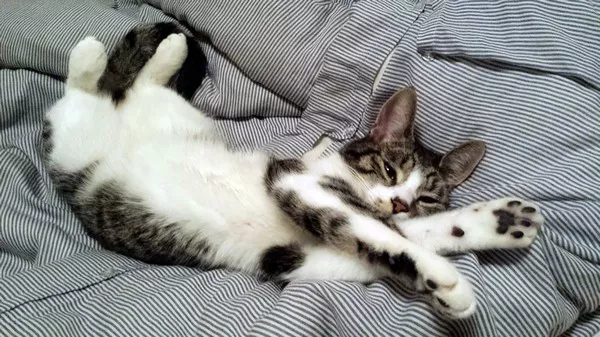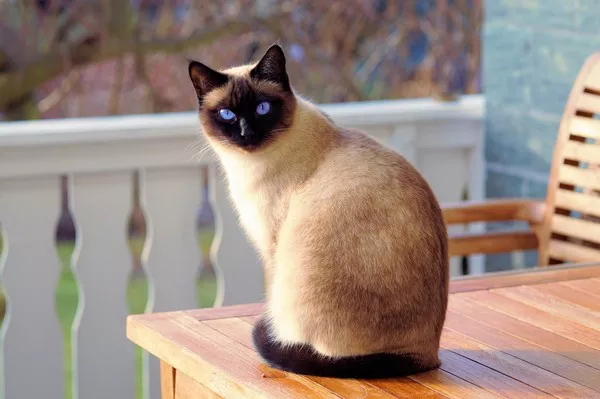Cats are often perceived as finicky eaters, with their dietary preferences and restrictions leading to a myriad of questions among pet owners. One of the more common inquiries revolves around cheese: Can cats eat it? If so, how much can they safely consume? This essay delves into the relationship between cats and cheese, exploring the nutritional aspects, potential health implications, and practical guidelines for incorporating cheese into a cat‘s diet.
Understanding Feline Nutrition
Before addressing the specifics of cheese consumption, it is essential to understand the dietary needs of cats. Unlike dogs, cats are obligate carnivores, meaning their diet must primarily consist of meat. They require specific nutrients that are typically found in animal tissues, such as taurine, arachidonic acid, and certain vitamins. While cats can derive some benefits from other food sources, their digestive systems are not designed to process large quantities of carbohydrates or dairy products.
The Role of Dairy in a Cat’s Diet
Historically, many people have associated cats with dairy products, often depicting them enjoying a bowl of milk or a slice of cheese. However, the reality is more nuanced. Most adult cats are lactose intolerant, meaning they lack the enzyme lactase necessary to break down lactose, the sugar found in milk and dairy products. As a result, while kittens can digest their mother’s milk, many cats lose this ability as they mature.
Nutritional Content of Cheese
Cheese, a dairy product made from curdled milk, contains several nutrients:
Protein: Cheese is a good source of protein, which is beneficial for muscle development and overall health.
Fat: High-fat content can contribute to calorie intake but may also lead to obesity if consumed in excess.
Calcium and Phosphorus: Important for bone health, but excessive amounts can lead to imbalances.
Vitamins: Cheese contains several vitamins, including A, B12, and riboflavin.
While cheese does offer some nutritional benefits, it is crucial to consider these factors in the context of a cat’s overall diet.
The Risks of Feeding Cheese to Cats
Despite the potential benefits of cheese, there are significant risks associated with feeding it to cats. Understanding these risks is vital for responsible pet ownership.
Lactose Intolerance
As previously mentioned, many cats are lactose intolerant. Feeding cheese to a lactose-intolerant cat can lead to gastrointestinal upset, including:
- Diarrhea
- Vomiting
- Stomach cramps
- Gas and bloating
These symptoms can vary in severity based on the amount of cheese consumed and the individual cat’s tolerance level.
High Fat and Caloric Content
Cheese is calorie-dense and often high in fat. Regularly feeding cheese to cats can lead to:
Obesity: Excessive calorie intake can result in weight gain, which is a significant health concern for cats. Obesity can lead to various health issues, including diabetes, arthritis, and heart disease.
Pancreatitis: High-fat diets can trigger pancreatitis, an inflammation of the pancreas that can cause severe pain and digestive issues.
Allergies and Sensitivities
Some cats may have allergies or sensitivities to dairy products, which can manifest as skin irritations, itching, or gastrointestinal distress. If a cat shows signs of discomfort after consuming cheese, it is best to avoid feeding it in the future.
How Much Cheese Can a Cat Safely Eat
Given the potential risks associated with cheese consumption, it is essential to establish guidelines for how much cheese, if any, can be safely fed to cats.
Moderation is Key
If a cat is not lactose intolerant and shows no adverse reactions to cheese, small amounts can be given as an occasional treat. The key is moderation. Here are some general guidelines:
Small Portions: A small piece of cheese, about the size of a pea, can be offered as a treat. This allows the cat to enjoy the taste without overindulging.
Frequency: Cheese should not be a regular part of a cat’s diet. Treats should make up no more than 10% of a cat’s daily caloric intake.
Monitor Reactions: After introducing cheese, monitor the cat for any signs of gastrointestinal distress or allergic reactions.
Choosing the Right Type of Cheese
Not all cheeses are created equal. Some types of cheese are better suited for cats than others. Consider the following:
Low-Lactose Options: Cheeses like cheddar, Swiss, and mozzarella tend to have lower lactose content than others, making them potentially safer for lactose-intolerant cats.
Avoid Processed Cheeses: Processed cheeses, such as cheese spreads or those with added flavorings, often contain preservatives and additives that may be harmful to cats.
Alternatives to Cheese
For cat owners seeking to treat their pets, there are numerous alternatives to cheese that can provide similar enjoyment without the associated risks. Some options include:
Meat Treats: Small pieces of cooked chicken, turkey, or fish can be a delightful and healthy treat for cats.
Commercial Cat Treats: Many brands offer treats specifically formulated for cats, ensuring they meet feline dietary needs.
Catnip: For a fun and safe alternative, consider offering catnip, which many cats find irresistible.
Conclusion
In conclusion, while cheese can be an enjoyable treat for some cats, it is essential to approach its inclusion in their diet with caution. Understanding the risks associated with lactose intolerance, high-fat content, and potential allergies is crucial for maintaining a cat’s health. If you choose to offer cheese as an occasional treat, do so in moderation and monitor your cat’s reactions closely. Ultimately, the best approach to feline nutrition is to prioritize a balanced diet that meets their unique needs as obligate carnivores, reserving cheese for special occasions rather than a dietary staple. By being informed and attentive, cat owners can ensure their pets lead happy, healthy lives while enjoying the occasional cheesy indulgence.
Related topic:



























